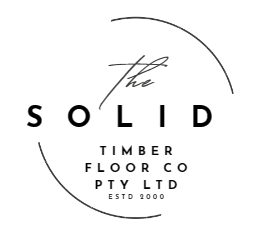Cleaning Tips for Timber Floors
1. What is the best way to clean wooden or timber floors?
To clean wooden or timber floors effectively,
start by removing dust and debris using a soft-bristled broom or a vacuum cleaner with a
hardwood floor attachment. Follow this with a damp (not wet) microfiber mop and
a cleaning solution specifically designed for wooden floors.
Avoid using excessive water or harsh chemicals, as these can damage the wood’s finish and cause warping. Always check the manufacturer’s recommendations for specific flooring types.
2. What cleaning products are safe for wooden and engineered timber floors?
For both solid and engineered wooden floors, use pH-neutral
cleaners formulated for wood. Avoid using abrasive powders, ammonia-based
cleaners, or steam mops, as they can strip the finish or cause moisture damage.
Many stores carry eco-friendly or non-toxic floor cleaners that are gentle yet effective for timber surfaces.
When in doubt, spot-test the cleaner in an inconspicuous area before applying it widely.
3. How do you handle stains or tough marks on woodenfloors?
Tough stains like grease, scuffs, or water spots can often
be removed with targeted methods. For light scuffs, use a damp cloth with a
mild soap solution or baking soda paste. For deeper stains, consult the
flooring manufacturer for approved cleaning techniques.
If the stain persists, it may require professional attention or refinishing the affected area.
4. How often should wooden floors be cleaned?
Wooden floors should be swept or vacuumed daily to prevent the buildup of dirt and scratches.
Damp mopping with a suitable cleaner can be done weekly or bi-weekly, depending on foot traffic.
Avoid over-cleaning with water-based methods to protect the wood’s finish.
Additionally, periodic polishing or waxing can help maintain the floor’s luster.
5. What precautions should be taken to maintain wooden floors?
To keep wooden floors in good condition, use protective
measures like area rugs, furniture pads, and doormats to minimize wear and tear.
Avoid wearing high heels or dragging heavy furniture across the surface.
Keep indoor humidity levels consistent (ideally between 40–60%) to prevent the
wood from shrinking or swelling.
Regular inspections and occasional professional maintenance can extend the life of your flooring.
